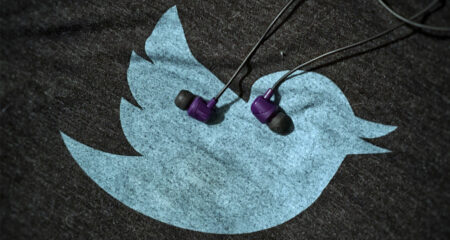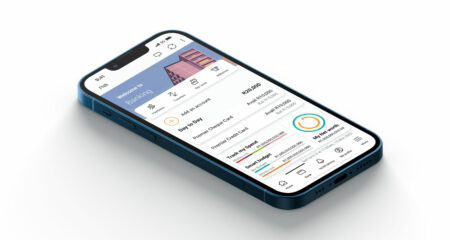 Jack Dorsey must be so disappointed. His second successful start-up company, Square, is about to go public at a value of only US$4bn. Shame. But this number tells us many things about an entire industry.
Jack Dorsey must be so disappointed. His second successful start-up company, Square, is about to go public at a value of only US$4bn. Shame. But this number tells us many things about an entire industry.
First, and most obviously, if your six-year-old company is worth R55bn you shouldn’t feel too aggrieved. Square isn’t even profitable yet. But the disappointment mainly stems from the fact that the last round of private funding for Square valued the company at $6bn.
Investors are now wary of tech stocks, having been burned by several lacklustre IPOs. Shares in Dorsey’s first successful company, Twitter, are now well below their initial offering price from November 2013. The company is in such poor shape that Dorsey has stepped in as CEO again after a break of nearly five years.
Second, and more importantly, even this lower-than-expected valuation tells us that the market for mobile payments is already huge and growing bigger daily. Square offers small and medium-sized merchants a way to accept credit cards using only their mobile device and a small square (hence the name) credit card reader that plugs into the device.
This approach is brilliant for a number of reasons. For one thing, it gives small merchants a way to accept credit card payments wherever they have a mobile signal. At a village flea market and want that R1 000 painting? Why find an ATM when you can just swipe your card using Square?
But Square is also much cheaper and easier for these merchants than a traditional credit card machine, which is expensive to rent, bulky, limited in range and dependent on a fixed-line connection to the Internet. Square offers huge flexibility at a relatively low percentage of sales — lower than most traditional banks are willing to offer.
The service is so popular that it has processed more than $30bn in transactions in the past 12 months, and it only operates in three countries — the US, Canada and Japan. To put that in context, though, there were more than $2 trillion in credit transactions in the US alone over the same period. So, $30bn is a rounding error.
Regardless of how far they still have to go, what Dorsey and his cohorts have proved is that what looks like a marginal segments of the electronic payments market — SMEs — is actually sizeable on aggregate. What’s more, the potential for growth is virtually unlimited.
We’re seeing the same shift in South Africa, with a half a dozen players competing hard for market share. The front runners, SnapScan and FlickPay, take a quite different approach to Square. Rather than swiping your physical card, you simply scan a QR code and the amount is deducted from your card via the app.
But while Flickpay requires an existing point of sale system to work, SnapScan has taken a much more low-tech approach. All that is required by the merchant is the printed QR code and a phone that can receive SMSes.
While this might seem like a drawback, it is actually the main attraction for many small merchants. There is no fiddling or fussing. A customer scans the code, types in the amount on their phone and pays. The merchant gets an SMS as confirmation and the transaction is concluded. No need to worry about the battery on your iPhone and no need for a point-of-sale system.
Critics of this industry point out that it still relies on credit cards and is thus more of marginal convenience than a truly disruptive force in the market. If the Squares and SnapScans of the world want to be true global powers, then they need to attack the industry at its root the way Uber has done with the global taxi business.

These critics are both right and wrong. These mobile payment systems are not trying to replace credit cards, they’re trying to replace cash. As archaic as credit cards may seem to some people, they are at least a 20th century technology. Physical money is thousands of years old, and not significantly better than it was in 2000 BC.
But sometimes the best way into a big, mean market like credit cards in via the back door. When you have 20% of your population using your app, switching them over to your direct bank payment system is feasible.
But convincing people to start using your app when it will not work with their credit card is nigh on impossible. This was the inherent flaw with the dozens of mobile wallet companies that have launched and failed in South Africa. People don’t want an entirely new way to pay — they want an easier way to pay.
Apple understands this well, which is why its Apple Pay service focuses entirely on convenience and not at all at disruption. Apple works directly with the credit card companies and takes a tiny slice (0,15%) of each transaction for its trouble. But then its aim is to make your iPhone the centre of your life, not take on the big payment players.
What’s clear, though, is that these big payment players, like Visa and MasterCard, are ripe for disruption. They are enormous, conservative and slow moving. They have fat margins (around 40%) and are largely complacent. But, like oil companies, they wield enormous influence and have global reach. Disrupting them would be equivalent to taking electric cars mainstream overnight.
The big winners here are consumers and SMEs. As the minnows nip at the heels of the giants, we benefit from more convenience, lower fees and more flexibility. The only people who stand to lose are the giants. Boo hoo.




